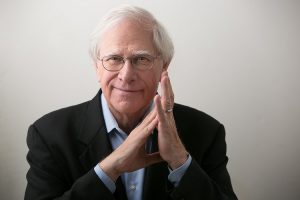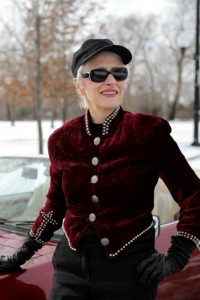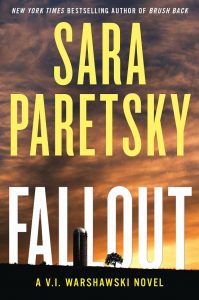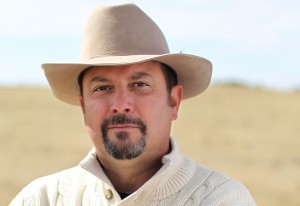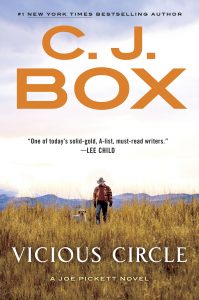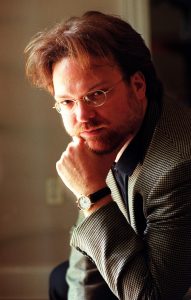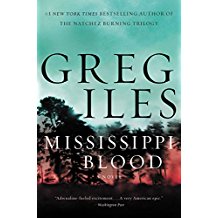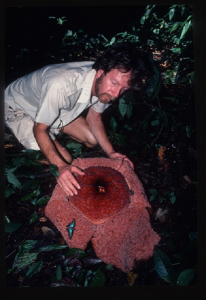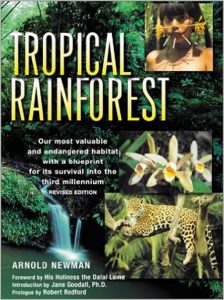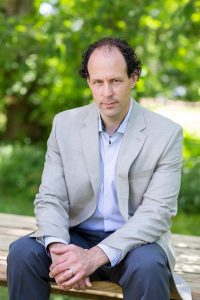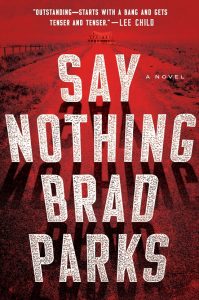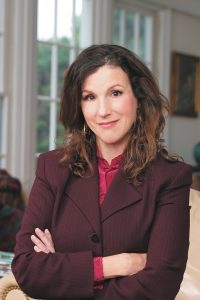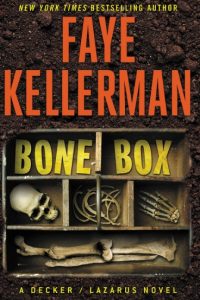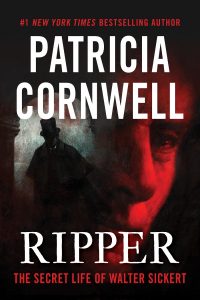Book Review: Beyond Bedlam’s Door by Mark Rubinstein, MD
A continuation of the discussion about mental health begun in the book, Bedlam’s Door, Mark Rubinstein, MD, brings insight into another 21 stories revolving around issues that pervade the lives of so many people. Beyond Bedlam’s Door, is a compassionate look into the trials and tribulations of those who suffer from mental illness.
 Dr. Rubinstein shows, once again, the humanity of the people who live with a variety of mental health illnesses. He shows their vulnerability to those wholack the compassion of “do not harm.” He reminds us that respect is a major aspect of how to support and help these patients. By recounting these 21 stories, the author shows us that:
Dr. Rubinstein shows, once again, the humanity of the people who live with a variety of mental health illnesses. He shows their vulnerability to those wholack the compassion of “do not harm.” He reminds us that respect is a major aspect of how to support and help these patients. By recounting these 21 stories, the author shows us that:
People across a wide spectrum of experience share many commonalities: fear, courage, guilt, perseverance, duplicity, integrity, guile, honesty, strength, weakness, and so many other features, which are part of what makes us human.
The statistics say that 1 in 5 people in the United States suffer from a mental illness. Yet the stigma around psychiatric illnesses abounds. It is only with books like this one, that teach society that people with mental health illness are merely human beings in need of help. Dr. Rubinstein shows us that the populace needs to be more open, honest, and accepting of those dealing with, and managing, psychiatric issues. It is only with the negating of the stigma associated with mental illness, that those that suffer from the variety of these illnesses will be able, without shame, to get the support and medical help that they need.
***** Five well-deserved stars!
MAY is Mental Health Awareness Month
Find more information HERE
If you, or anyone you know, are in need of mental health support, you can also begin by going to NAMI.org.
This book is available May 15.





